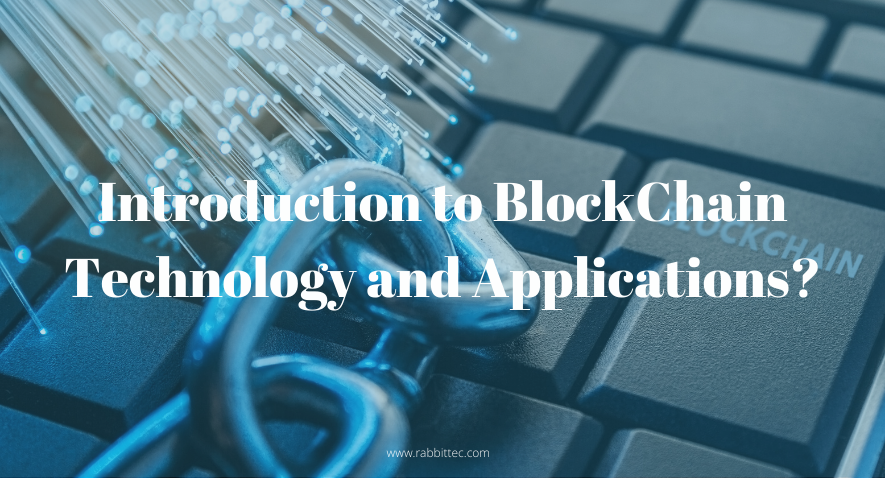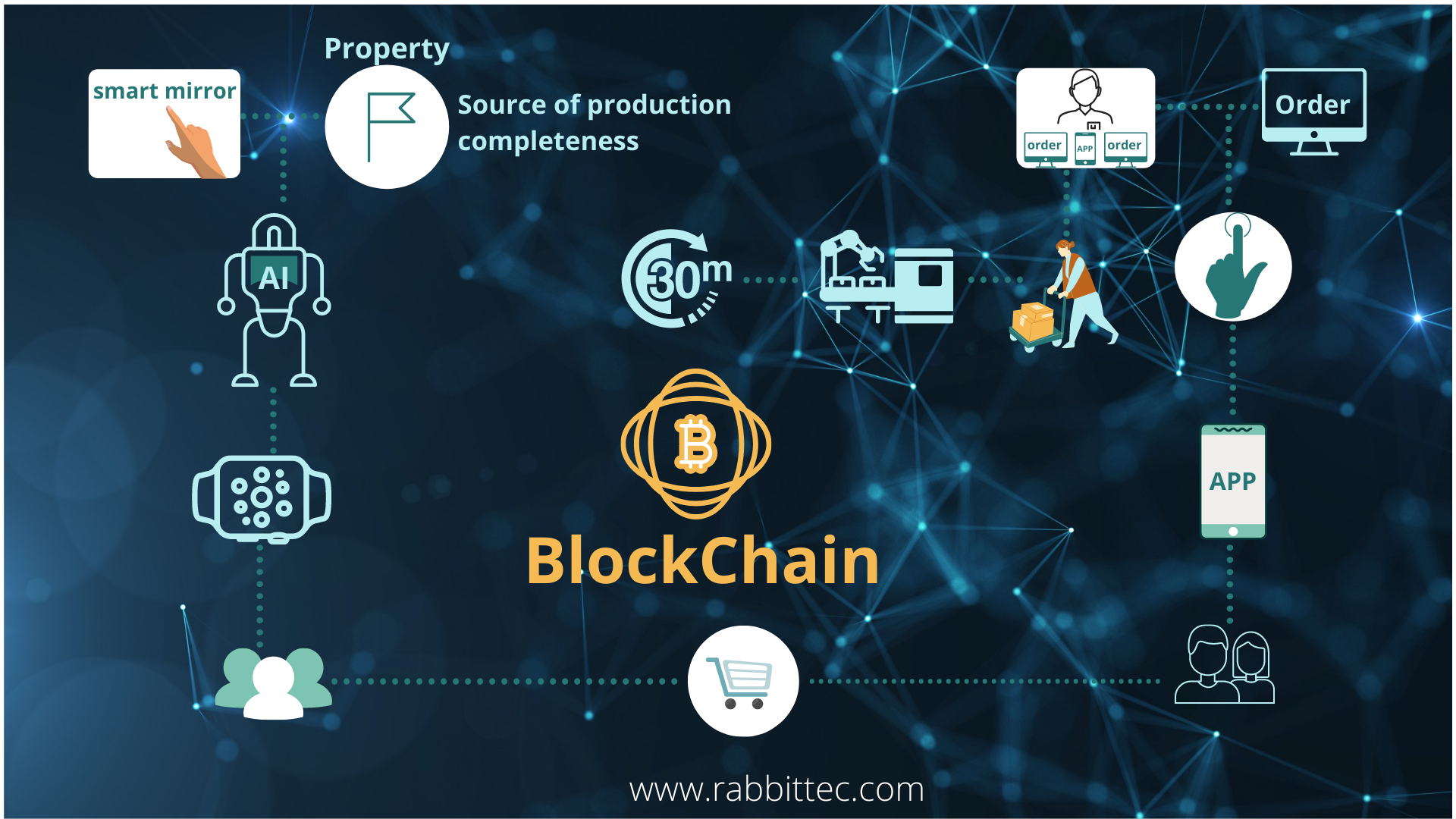
What is blockchain?
Blockchain is a way to store data. You can imagine it as a necklace chain.
Every ring of the chain could Block and every Block contains some data based on your purpose and the reference address for the previous block could Hash.
The hashes are addressed for each block position on the chain example:
Block A Is the first block and it has transaction data and the previous block hash will be empty -> block B will have transaction data and the previous block hash will be the address point for block A and block C Will have a hash for the previous block B and so on.
Miners are the factors where blocks are made, it’s the computers where programming functions create hashes and encrypt the data to create new blocks.
Consensus Mechanism is a fault-tolerant mechanism that is used to get the agreement on block value or state of the network on distributed processes for example (proof of work, Proof of stake, Byzantine fault-tolerant).
This is the fundamental concept of the blockchain:
- Blocks: where you store data.
- Hashes: Link all blocks together.
- Miners: create the new blocks and hashes.
- Consensus Mechanism: fault-tolerant mechanism.

How does it work?
Blockchain depends on Distributed Ledger Technology (DLT) which means no centralized database blockchain on every server and transparent for all participant’s ledger.
When any transaction happens it will be added to the chain as a new block you can’t edit it and it will Distribute and Ledger throws all blockchain computer servers networks.
So, why does blockchain use this way to store transactions?
To prevent fraud and hacker attacks because there is no central database and we can verify every transaction from the start of the blockchain to the end of it. and verify if this is the original chain by comparing it with other copies.
Why do we use blockchain?
- provides more
- Transparency
- Traceability
- Speed
When do you need to use blockchain?
Many use cases are better if developed using blockchain technology.
If there is a trust issue like in the finance and banking industry, if you have huge transactions like the supply chain industry blockchains provide a solution.
Industries examples:
- Capital Markets
- Issuance
- Sales and trading
- Collateral management
- Exchanges
- Clearing and settlement
- Stablecoins
- Post-trade services and infrastructure
- Asset servicing
- Mutual fund administration
- Custody
- Transfer agent replacement
- Digital Identity
- IDs
- Passports
- Digital signatures
- Supply Chain Management
- Streamline Oil Supply Chain
- Diamond Tracking
- Food Safety
- Loans
- Real Estate contract
- Insurance
- Finance
- Government and the Public Sector
- Media and Entertainment
- Real-time IoT
- Music royalties tracking

How to build your blockchain?
1-define your use case as one of the above use cases (smart contactin, Data Authentication & Verification, Smart Asset Management).
2- choose the Most Suitable Consensus Mechanism
A Consensus Mechanism is a fault-tolerant mechanism that is used to get the agreement on block value or state of the network on distributed processes examples (proof of work, Proof of 1stake, Byzantine fault-tolerant)
3- Don’t reinvent the wheel use one of the open-source platforms based on the Consensus Mechanism (Ethereum, BigChainDB, Chain Core, Eris: DB)
4- Design the Nodes
Nodes are computers and infrastructure used by blockchain to store data and process the transactions
When you are going to design your nodes you should consider some things: is it private or public or hybrid blockchain, is it local or cloud-hosted?
The operating system you will use
5- create a blockchain instance
In this phase, you will need to configure and adjust some blockchain elements examples: (Asset issuance, Asset re-issuance, Permissions, Atomic exchanges, and Key formats)
6- develop blockchain APIs to communicate with other applications and platforms
7- design and develop an admin panel and frontend to manage your blockchain

Conclusion:
Blockchain is not only applied to cryptocurrencies it has many applications in real life and business industries and it is one of many ways you can use it to develop your applications and solutions.
CEO at Rabbit Technology
Technologies Used



Similar Project Idea?
something interesting to write here something interesting to write here